| Back to Back Issues Page |
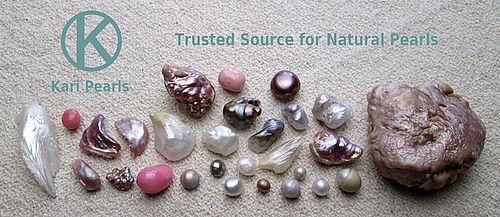 |
|
Sri Lanka's Pearling History June 03, 2025 |
| Hi, Sri Lanka's Pearling History (Ceylon was renamed Sri Lanka in 1972) Sri Lanka’s Ancient Pearl Trade with Royal Courts Across the WorldFor over 3,500 years, Sri Lanka was renowned as one of the world’s richest sources of natural pearls. 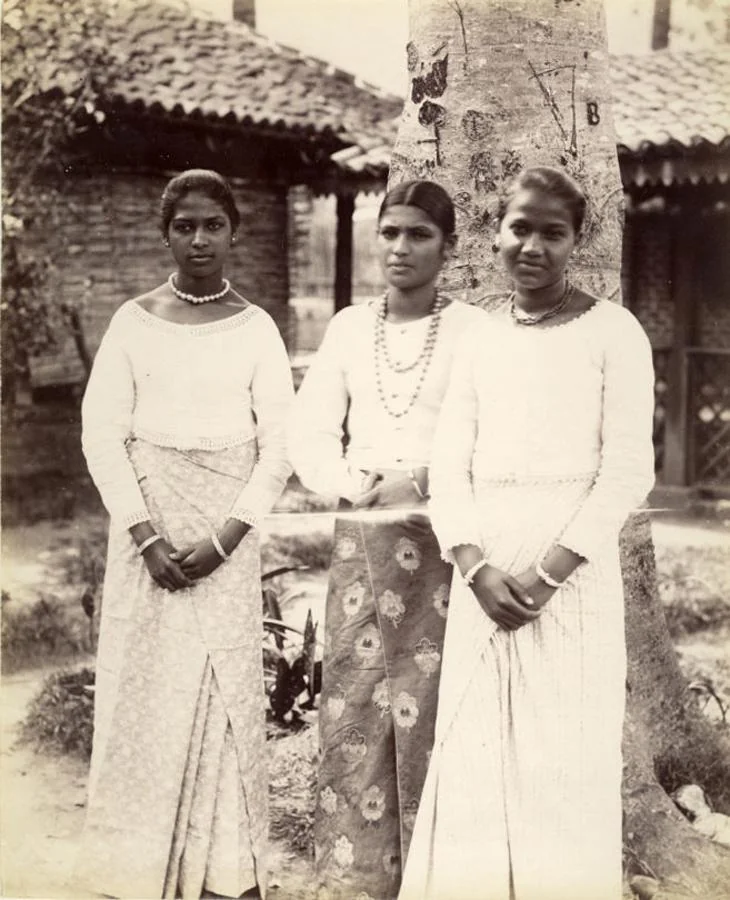 Sri Lanka women wearing pearls
Geographically blessed, the Gulf of Mannar — particularly the coastal waters off northwestern Sri Lanka — hosted some of the most productive pearl banks on Earth. These waters were densely populated with Pinctada radiata and Pinctada fucata, two species of pearl-producing saltwater oysters. Under optimal natural conditions, millions of these bivalve mollusks thrived on the coral formations and shoals in the area, making the Gulf a vital center of the global pearl trade (Ostroff, 2016).
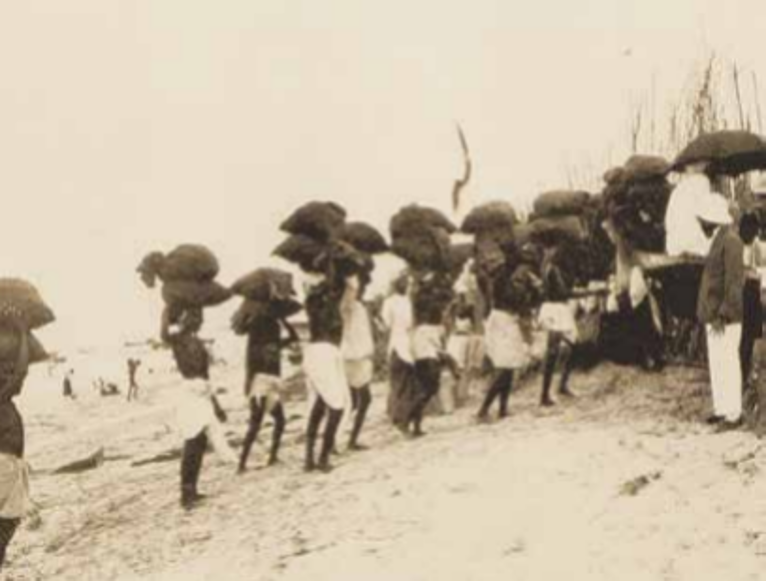 Ceylon Pearl Fishery 1906 The island's fame in antiquity led to its designation as the “Pearl of the Indian Ocean,” not just because of its shape or beauty, but due to the literal abundance of pearls found in its waters. These pearls were not only harvested for local use but played a significant role in diplomacy and trade. Sri Lankan kings — not Indian rulers — actively engaged in international trade and often gifted fine pearls to foreign royalty as diplomatic offerings. Historical records note such gifts being sent to: Emperor Ashoka of India by King Devanampiyatissa of Sri Lanka in the 3rd century BCE. Roman emperors, including Augustus, through merchants using maritime trade routes documented by Roman historians like Pliny the Elder. Chinese emperors, as part of exchanges recorded in the Tang and Ming dynasties. Southeast Asian kingdoms, such as Srivijaya and Majapahit, as part of mutually beneficial maritime trade. USA President Dwight Eisenhower, in 1956 was given the "Golden Map" which is a golden hand crafted bejewelled map of Ceylon which includes five Mannar pearls showcasing three extremely rare pink Mannar pearls. 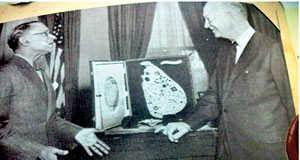 Eisenhower Receiving the Golden Map The golden map is currently preserved at the Dwight D. Eisenhower Presidential Library and Museum in Abilene, Texas. 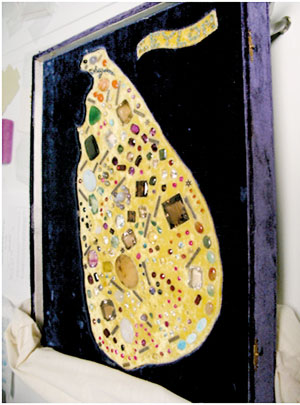 Golden Map of Ceylon These transactions reinforced Sri Lanka’s status as a sovereign, resource-rich island kingdom, independent in its trade and maritime outreach. 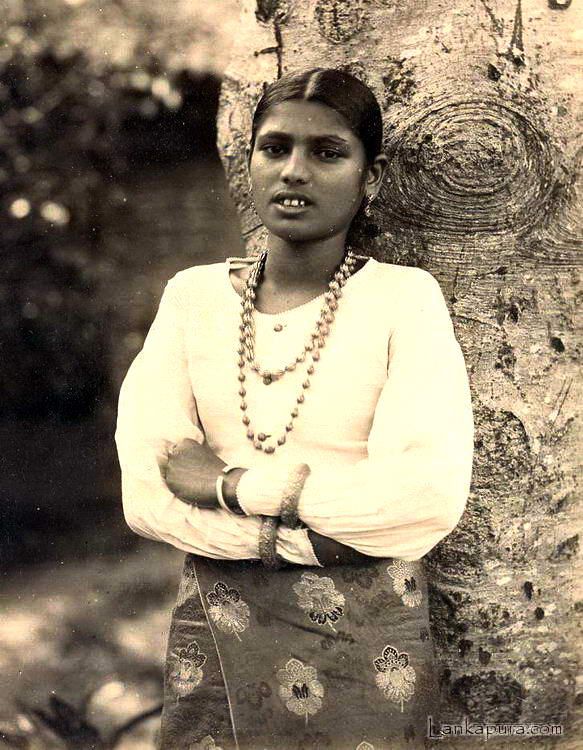 Native Girl in Pearls Even during the Dutch and later British colonial periods, pearl fisheries remained a critical revenue source. Between March 1828 and May 1837 alone, £227,131 was credited to the Ceylon Treasury from pearl fisheries — a significant sum in that era. British administrators considered the Ceylon pearl fisheries one of the Crown colony’s most profitable ventures. 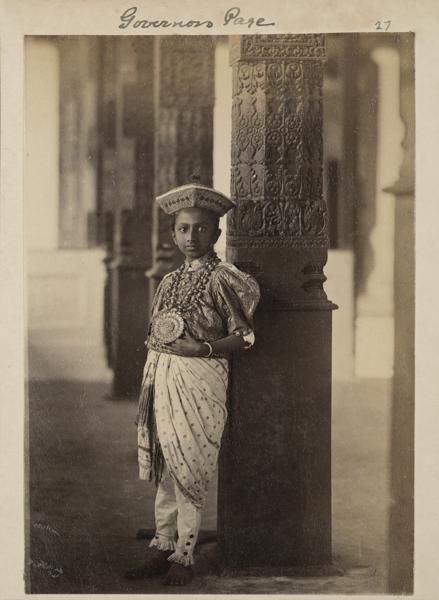 Young Ceylon Boy Although the pearling industry is now extinct, its legacy endures. The Gulf of Mannar continues to be recognized in historical and archaeological scholarship as a once-thriving pearl capital. The importance of Sri Lankan pearls in world history — not just as commodities, but as symbols of diplomacy and sovereignty must not be confused with later commercial exploitation by neighboring Indian colonial administrations or labor forces brought in during imperial rule. Arab Traders and Sri Lanka’s Pearl FisheryWhile Sri Lanka’s pearl fishery dates back over 2,500 to 3,000 years, it’s important to highlight a lesser-known but significant chapter involving Arab traders. 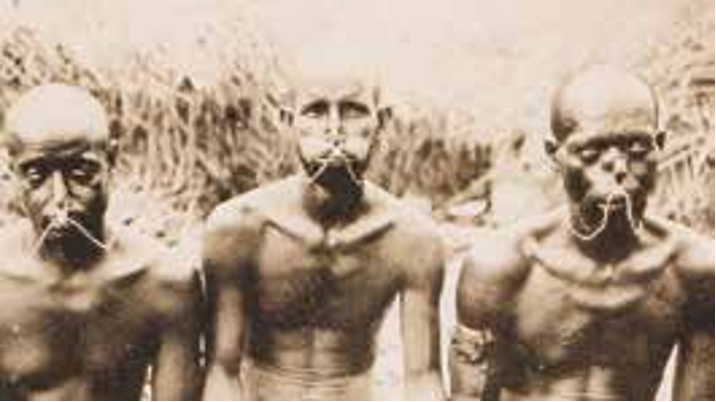 Arab Divers in Ceylon 1906
By around 900 years ago, the Maldives had become a prominent trading hub in South Asia. Arab merchants frequently traveled there from the Middle East to purchase goods — especially natural pearls and spices, which were largely sourced from Sri Lanka.
However, in an effort to bypass local middlemen and access the pearl sources directly, some of these Arab traders journeyed onward to Sri Lanka. Settling mainly in the northwestern coastal regions, close to the pearl banks, they became involved in pearl diving and trade themselves. 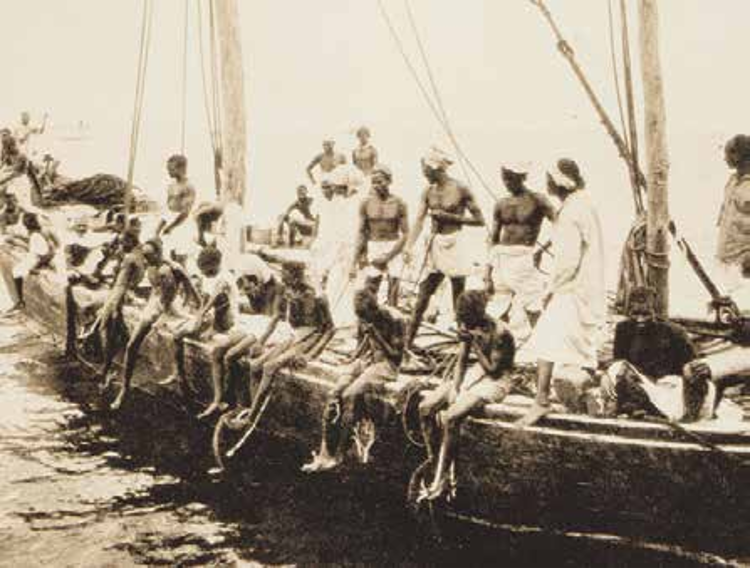 Divers of Gulf of Mannar 1906 Historical accounts and oral traditions suggest that after decades of residence, the Sri Lankan king permitted these Arabs to remain permanently on two key conditions: They would marry Sinhalese women, fostering integration into local society. 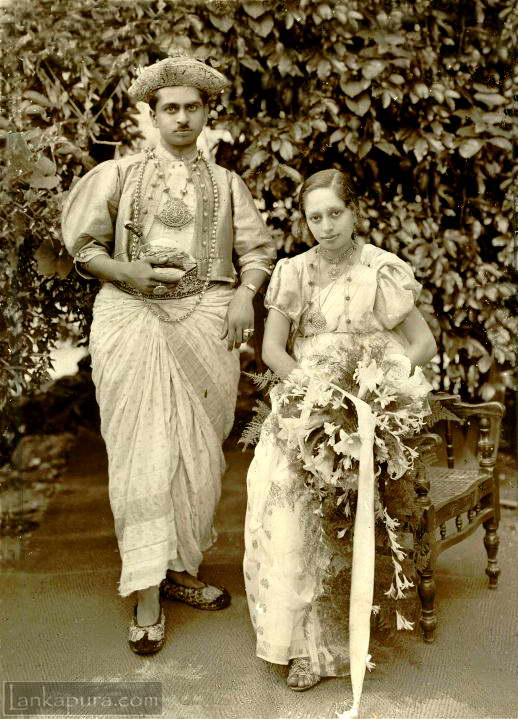 Traditional Wedding They would pay a tax of three pearls for every five collected to the king, as part of their right to engage in pearl harvesting. This exchange helped form a culturally unique group — the Sri Lankan Moors — many of whom trace their ancestry to these early Arab settlers. 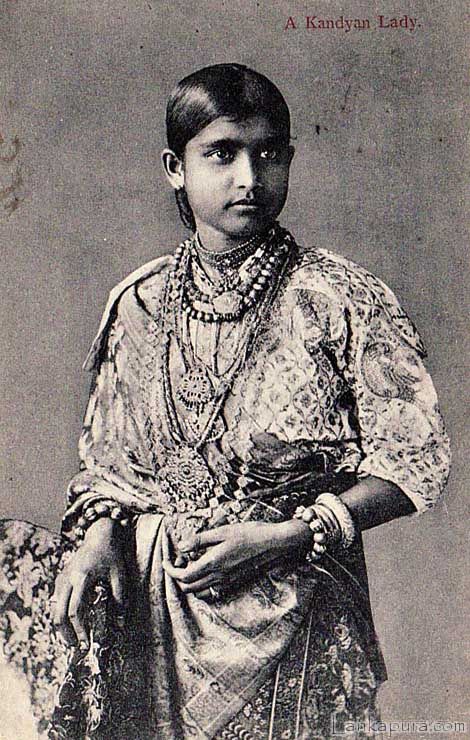 Girl in Pearls It’s important to clarify, however, that these Arab traders did not initiate the pearl fishery in Sri Lanka. The island’s pearl fishing tradition had already been active for millennia by the time the Arabs arrived. Their contribution came much later, as part of the island’s evolving maritime economy.
Thank you to Raj Warnakulasuriya for most of this information about Sri Lanka pearling history.
Further Info about Sri Lanka
"Welcome to Sri Lanka" - https://www.youtube.com/watch?v=MVaGmlWY_Bc Reading List by Dr. James Shigley - https://www.gia.edu/pearls-from-india-sri-lanka-reading-list How Arabs brought luster to Sri Lanka’s historic pearl trade - https://www.arabnews.com/node/2232566/world Pearls for a President - https://www.sundaytimes.lk/160417/plus/pearls-for-a-president-189600.html
I'm in love with my double light pink peonies! God really outdid Himself when he created these flowers. "Not even Solomon in all his glory was arrayed like one of these." As I wait for my hundreds of flower seeds to grow and bloom, I'm thankful for these spring beauties filling my yard and vases. The plants are a gift from my daughter-in-law who didn't like the ants that are symbiotic with peonies. 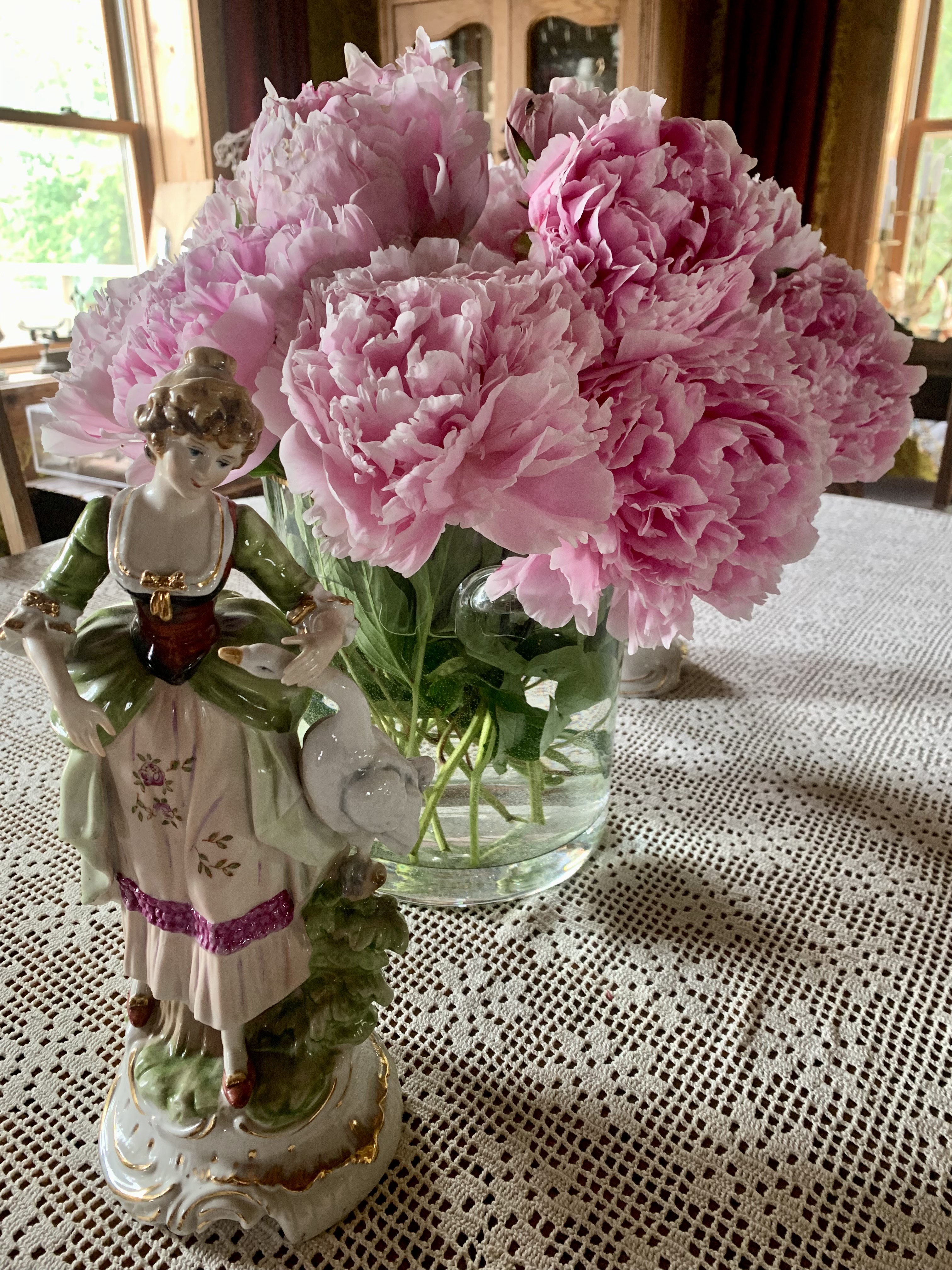 Double Pink Peonies
God bless and thank you for being a part of KariPearls.
|
| Back to Back Issues Page |